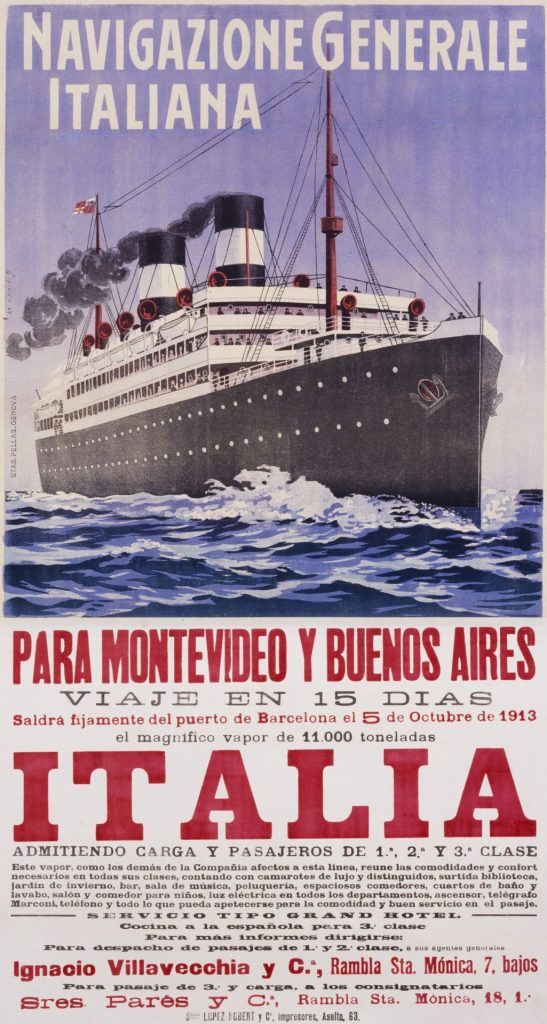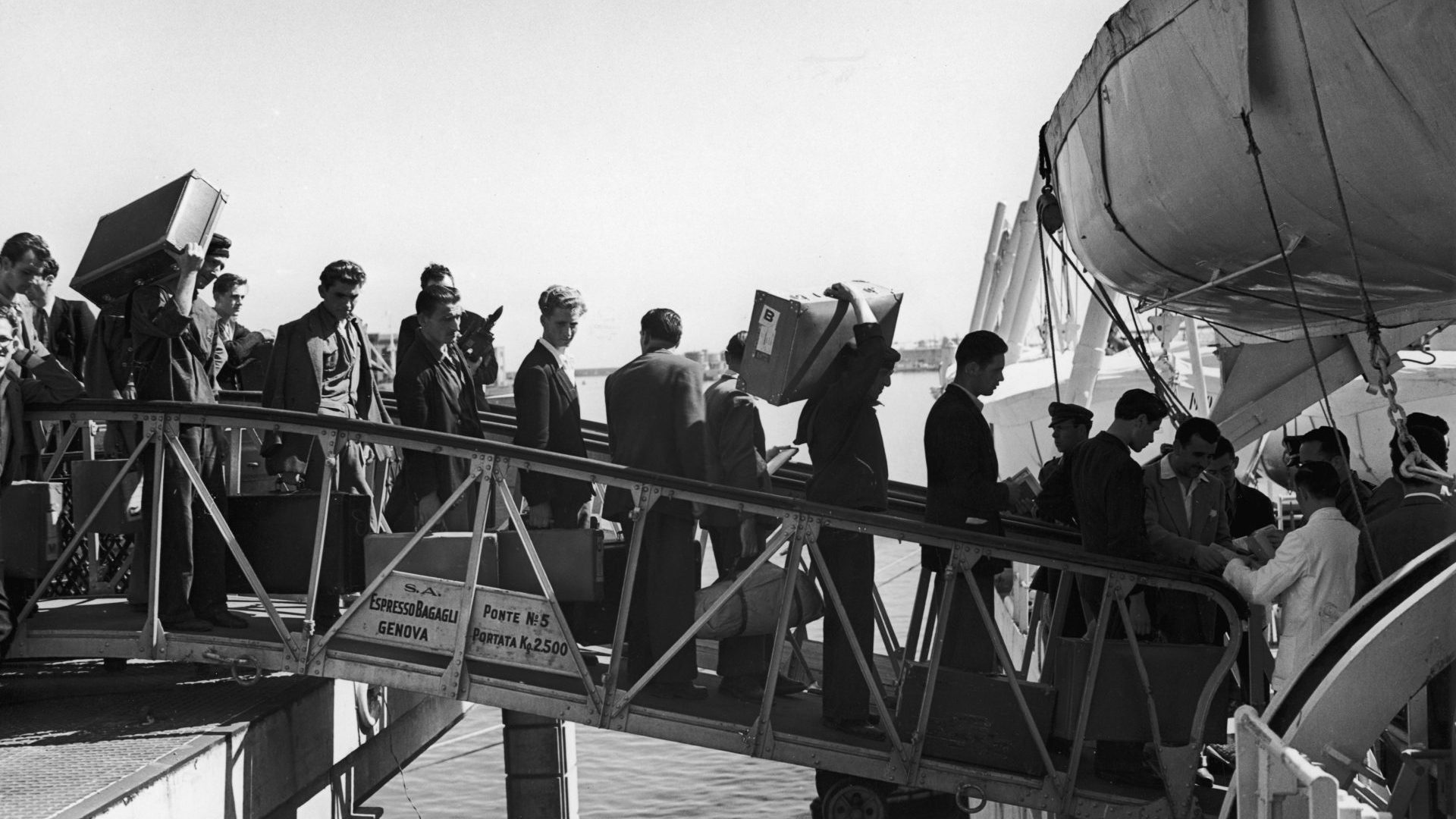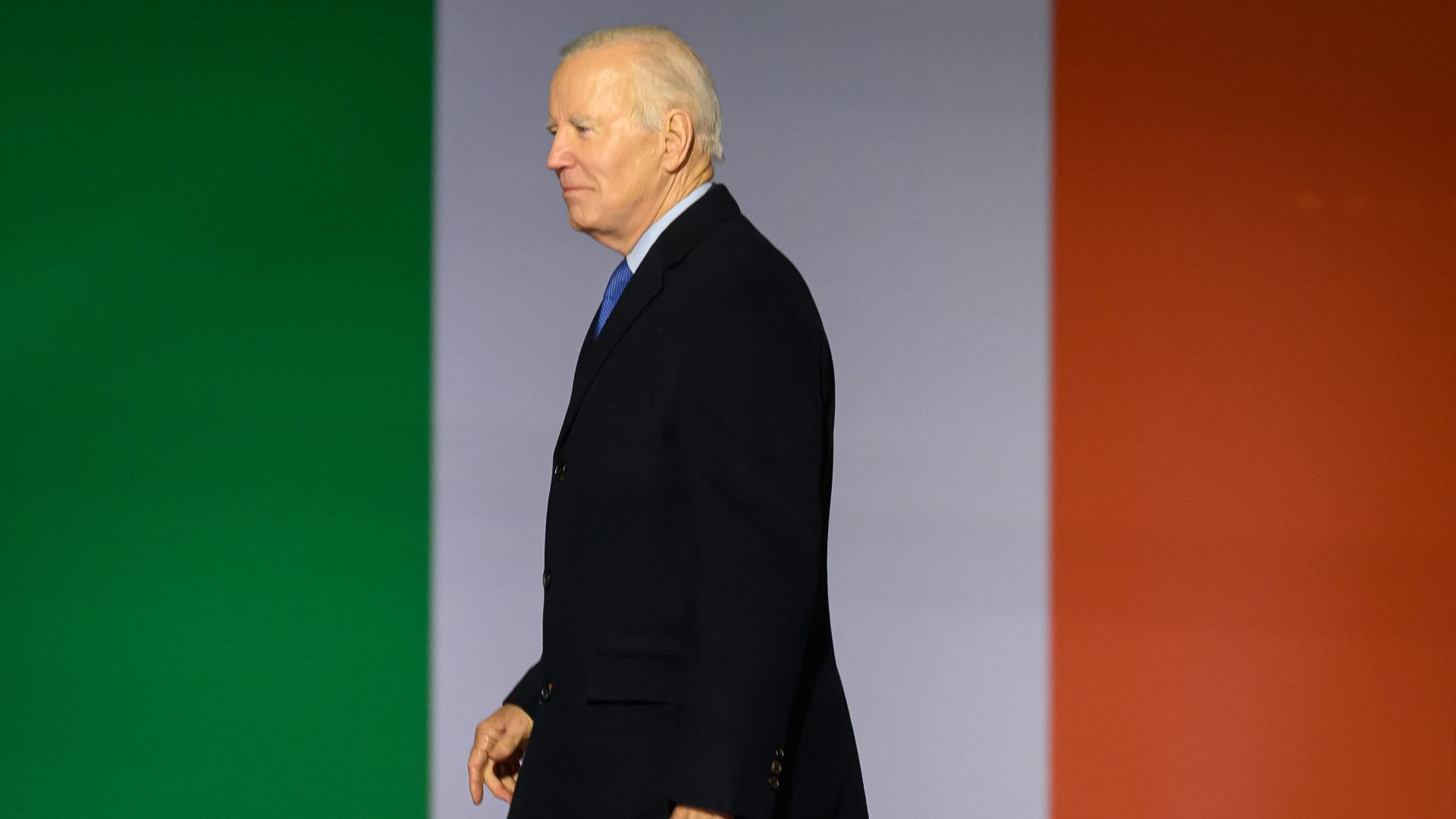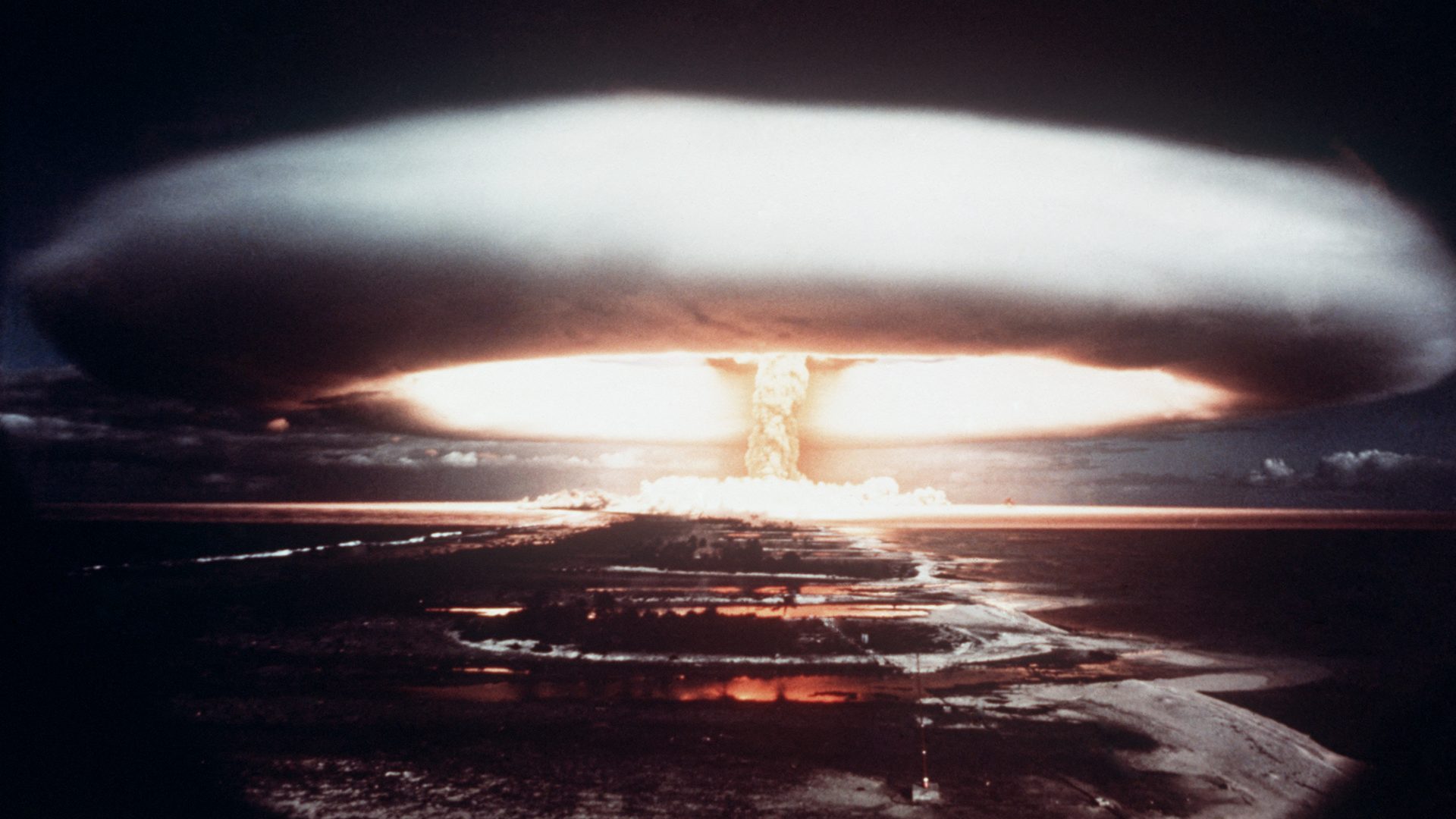If only I had taken my bag, or perhaps a wheelbarrow. I was changing some money and hadn’t appreciated quite how many notes I was about to receive. This is Argentina, a land of Italian corruption, Italian charm, and inflation running at 100%.
At the beginning of the 20th century Argentina was the world’s ninth richest economy. Railroads – designed largely by British engineers – drove industrial growth. Beef and grain and other agricultural products dominated world markets. Buenos Aires was the height of glamour and filled with people from the Old World, particularly southern Europe. The century since has been a litany of economic crises and political and military lurches.
One saying goes: Argentinians are Italians who speak Spanish and act like the English. I’m not too sure about the latter part. Yes, they seem to enjoy queuing. Polo is a popular sport (among the ruling classes, just as it is among a tiny minority in the UK). Some people apparently take tea at 4 o’clock, although I didn’t meet them. A number of streets are named after famous British engineers.
Argentina undoubtedly feels very European – or rather, Italian. Two-thirds of Argentina’s 45 million population point to grandparents or great grandparents who made the long journey from Genoa or Sicily, in search of a better life.
The link with Italy is everywhere: in dress sense, in style, in cuisine. Most of all in the way the economy is run. Business revolves around what you can get away with – and going wherever the money goes.
And, as with Italy, somehow it works. Protests take place in the Plaza de Mayo, the main square, almost daily. Yet serious unrest is in abeyance. Meanwhile, post-pandemic, tourists are pouring in, to such an extent that it took me more than an hour to get through passport control, a wait that I’m reliably told is customary. All around me in the queue were elderly Russians (more on that anon).
Within an hour of checking in at my hotel, I texted “Tony”, a recommended black-market money changer. Tony messaged me back instantly, asking how much I wanted to exchange, and gave me an address, but told me to hurry as he was going away shortly for Carnival weekend.
Arriving at the unprepossessing building, I told the man at the door that I needed the sixth floor. He asked no questions and pointed silently to a rickety lift. Upstairs, a young man ushered me into a small room, empty except for a shabby table and chair. He beckoned the money from me, five crisp $100 bills, and promptly disappeared. A few minutes later, he invited me into another room, also empty but for a table, two chairs and a counting machine. Alongside it were several stacks of bank notes, even in height, each fastened by an elastic band. The young man (by now I realised this wasn’t Tony) emptied each one into the machine, which whooshed into action.
The peso is worth less than a quarter of its value of three years ago. The largest denomination is 1,000: that corresponds to (or at least did on the day I changed them) less than $3. I now had in my possession 186,000 pesos, or rather 186 bank notes. Stuffing them into my shirt pocket, my front trouser pockets, my back trouser pockets, I thanked the nameless man for his “business”, trying and failing to be surreptitious as I hailed a taxi.
I needn’t have been so furtive. Everyone, I realised, is at it every day, opening up their bags (I made sure I used one after that) and taking out their stacks of pesos to pay for everything. Some basic rules: don’t exchange too many dollars too quickly – the pesos you receive lose value daily; don’t exchange mickey mouse currencies (at another exchange place later I was given a smile of incredulity when I tried to offload my last remaining £50).

As for Argentinians, as soon as they get paid, they spend their pesos. And they are spending all the time. A third of the population lives in the Buenos Aires region. Many of the outlying districts, particularly to the west and south, are inhabited by poorer people (defined as earning the equivalent – official rate of course – of less than $10,000 a year). Much of the centre, such as the large district of Palermo, resembles Shoreditch, or Williamsburg in New York, or Prenzlauer Berg in Berlin, with the global hipster language of flat whites and vegan fusion restaurants. The only difference in Buenos Aires is that people don’t hang around before spending what they have; otherwise they might as well empty their bags of notes on the streets.
Wealthier Argentinians (and there is no shortage of these) got their money out of the country long ago. Many have bought property in Miami or Málaga. The favourite bolt hole for savings is a short hop over the causeway in Uruguay. The tiny neighbour, dubbed the Switzerland of Latin America, is said to have more dollar deposits than any country outside the USA. Banks do not ask too many questions. Crypto has become another popular route for investment, presumably on the basis that the risks are no greater than stashing cash under the pillow.
Argentinians with long memories know it has been far worse. In 1989, inflation hit 3,000%. Argentina has had brief periods when presidents have tried to apply the brakes, such as Carlos Menem in the 1990s, and more recently under the leadership of Mauricio Macri. More often than not, those in power deploy classic populist measures trying to hold the economy together with an array of complicated price and foreign-exchange curbs. Capital controls are regularly imposed, lifted, adapted and then reintroduced. As for paying tax, as Donald Trump would say, that is for losers.
Russia and China have been making overtures to Argentina for years. Just as Italy has a dubious relationship with Russia, so Argentina has opened the door to a curious new trade: babies. Over the past year, around 10,000 Russian women have flocked to Buenos Aires to give birth. A few weeks later, and $35,000 lighter, they return home with freshly-issued Argentinian passports, giving them visa-free access to 170 other countries. Tidy profits are being made out of this trade, although the authorities claim they are now clamping down.
Two popular subjects in conversations among porteños – residents of Buenos Aires (literally “people of the port”), are the latest exchange rates and politics.
For nearly a century, Argentina has endured three types of political cycles: rare moments of sanity, interspersed by Peronism and bloody dictatorship. The new era began in 1946 when Juan Perón, an army general, established a movement officially called Justicialismo, a corporatist third way between capitalism and communism. At the heart of it was state power and an intolerance of opposition.
On taking office, Peron pledged to place himself “at the complete service of the true Argentine people”. His leadership revolved around charisma, political-family bonds, unswerving loyalty and a division of society between “true people” and the rest. And it revolved around his second wife, the glamorous actress Eva, or Evita, whose death at the age of 33 is indelibly etched into the mythology of modern Argentina. Her tomb in Recoleta cemetery is a national (and international) shrine.
Peron was ousted in a military coup in 1955. It was not until 1973 that open elections were held again, at which point he returned, only to die of ill health the following year. His third wife, Isabel, briefly took over the presidency, but was toppled by the military. From 1976-1983 Argentina endured one of the world’s most brutal dictatorships. Tens of thousands of people disappeared, presumed dead. Sometimes relatives would be sent body parts in the post. Few people were ever punished for their crimes.
The democracy that finally returned has been commendably sturdy. Freedom of expression and multi-party democracy were enshrined; the powers of the military have been severely cut back. Argentina is now officially a secular state, with stronger liberal social guarantees than most of the region.
In recent years, Peronism has been reinvented in the hands of another power couple, Néstor and Cristina Kirchner. He became president for four years from 2003, before becoming incapacitated (he died in 2010). She took over in 2007, at the height of the global financial meltdown, and lasted eight years. Since then, Argentina’s economy has plunged.
Cristina Kirchner has allied herself with other radicals in Latin America, not least Hugo Chávez and his successor, Nicolás Maduro. Relations with the US have been frosty, those with China and Russia more cordial, partly as a means of maximising options, partly because of investment in lithium and other raw materials.
Cristina Kirchner was required to stand down after two terms (although her supporters begged her to change the constitution and stay longer). In 2019 she returned to high office, notionally as the number two, but it was a little-kept secret that she and the puppet president, Alberto Fernández, went for months without talking to each other.
Last September, just as the courts were considering corruption charges against her, a gunman approached while she was greeting supporters outside her home in Recoleta. He attempted to fire several rounds from a semi-automatic, but it didn’t fire. Some Argentinians suspect it might have been staged to earn her public sympathy. In December, a federal court convicted her of defrauding the state on public-works contracts worth $1bn (£820m), and imposed a six-year jail sentence and permanent disqualification from public office. She says she is a victim of forces trying to drive her out of public life. In any case, because she has just turned 70, investigations are more a case of going through the motions.
By all rational standards, the country is in deep trouble. Many middle-class professionals have left for more reliable pastures abroad. Buoyed by the glorious exploits of Lionel Messi et al in Qatar, there is a new spring in the step, a return of the panache of old. Everyone knows that this sugar rush, this feel-good is temporary, but it is working for now. It might last some time.
All eyes are on the next elections, due in October. Among the possible candidates for president is Javier Milei, a populist maverick who once played in a Rolling Stones cover band. Among the many contradictions, he is socially conservative (he is opposed to abortion) and is attractive to young people who are yearning for someone, anyone, different. The odds on him becoming president are small, but not insignificant. If he does win, expect populist prankster flourishes, reputational damage, more economic dislocation, but not a return to the terrible years of dictatorship. Think Silvio Berlusconi, think Giorgia Meloni – think Italy again.




